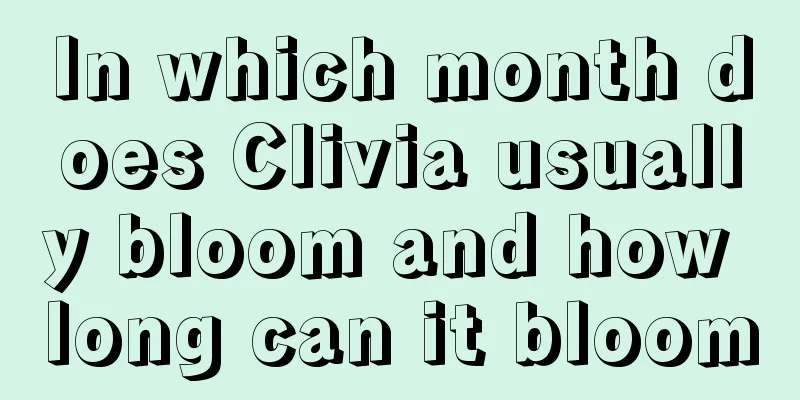How to propagate Dendrobium by cuttings (cutting time, method and precautions)

First, cuttingsThe flowering period of Dendrobium can be divided into spring Dendrobium and autumn Dendrobium . There are some particularities in choosing cuttings. Spring Dendrobium can be cut in autumn and you can see the flowers blooming in the spring of the following year. Autumn Dendrobium is best cut in spring and you can enjoy the flowers in the second half of autumn. The reason for this subdivision is because "Dendrobium consumes a lot of nutrients after flowering, and missing the flowering period can increase the survival rate." Generally, two-year-old branches are used for cuttings. The branches are light green to dark or purple or brown, and those with Dendrobium leaves are the best. Too tender branches are prone to water loss, affecting the survival rate. Too old branches have reduced cell activity, affecting germination and survival rate. Use a utility knife to divide the selected branches into 3 to 5 sections according to the nodes of the stem. The length is generally about 6 to 10 cm. The cut should be smooth and free of rough edges. Then dry the cut in a cool and ventilated place, usually for 24 hours. Second, cutting methodThe rooting location of Dendrobium is mainly on the nodes of branches, so do not use the soaking method, as soaking will cause the wound to rot. The rooting agent used for Dendrobium is "indoleacetic acid". It is the kind of packaging with fruits and vegetables on it. When using, dry the wound of the Dendrobium cuttings and spray the rooting agent on the branches. After the above preparations are done, let's talk about the two cutting methods: (1) Sphagnum moss promotes root growthPrepare dry sphagnum moss and wrap the branches of Dendrobium in the sphagnum moss, leaving two to three branches exposed. Then use aluminum wire to wrap the sphagnum moss and the branches of Dendrobium to the rotten wood. Spray to keep the sphagnum moss slightly moist. Just place it in a diffuse light position and avoid strong sunlight. (2) Seedbed cuttingsThe sand bed is covered with a mixture of rotten bark and volcanic rock. Then sphagnum moss is spread on it. The dendrobium branches are placed horizontally on the sphagnum moss. A small 5X5 wire mesh is used on top and gently pressed on the dendrobium branches. Pay attention to adjusting the angle of the branches of Dendrobium, about 20 to 30 degrees. Spray the sphagnum moss and provide appropriate shade to avoid strong light. Third, management after cuttingThe survival rate of Dendrobium cuttings using the above method is quite high. In spring, white roots can be seen in about 20 days of cuttings. In autumn, roots can be grown in about 25 days of cuttings. When taking cuttings in spring, pay more attention to the problem of water accumulation; when taking cuttings in autumn, pay more attention to the problem of moisturizing. After the Dendrobium cuttings survive, you can start daily management. When watering, in addition to spraying, keep the planting material moist. When the planting material is dry, you can water it according to the dryness of the flower soil, and water it thoroughly if it is not dry. The water for Dendrobium can be supplemented by spraying. |
<<: How to make roses bloom more and bigger (how to grow roses with more buds and bigger flowers)
Recommend
How many lucky bamboos can be placed in a bottle?
1. How many are placed to attract wealth? Grow 1 ...
Cultivation and management of potted daisies
Soil management for potted plants The matrix is ...
How often should I water my ping pong chrysanthemums? How many times a day should I water them?
1. How often to water How often you water the chr...
When and how to plant violets
Violet planting time Violets are generally plante...
Differences between water hyacinth and water hyacinth
1. Leaf Difference The leaves of the large vine a...
Can mangosteen seeds be eaten?
1. Can I eat it? Mangosteen seeds are not edible....
Illustration of the insect catching process of Venus flytrap
Secrete nectar glands to attract insects The leaf...
What soil is best for growing orchids (detailed explanation of preparation method)
1. Flower soil requirements 1. Loose: The soil fo...
Is peanut a fruit or a vegetable?
Are peanuts a fruit or a vegetable? Peanuts are n...
What is the best fertilizer for Huangguoshu?
Fertilization time of Huangguoshu Huangguoshu tre...
Can jasmine be grown hydroponically?
Jasmine is famous for its fresh fragrance and ele...
Hydrangea cultivation methods and precautions
1. Soil Growing hydrangeas requires soil with hig...
Can lucky bamboo be planted in the soil?
1. Can it be planted in the soil? It can not only...
Where is it suitable to plant Atractylodes macrocephala
Atractylodes macrocephala planting area Generally...
Cultivation methods and precautions of blue stone lotus
Blue stone lotus needs more light to grow The lea...









